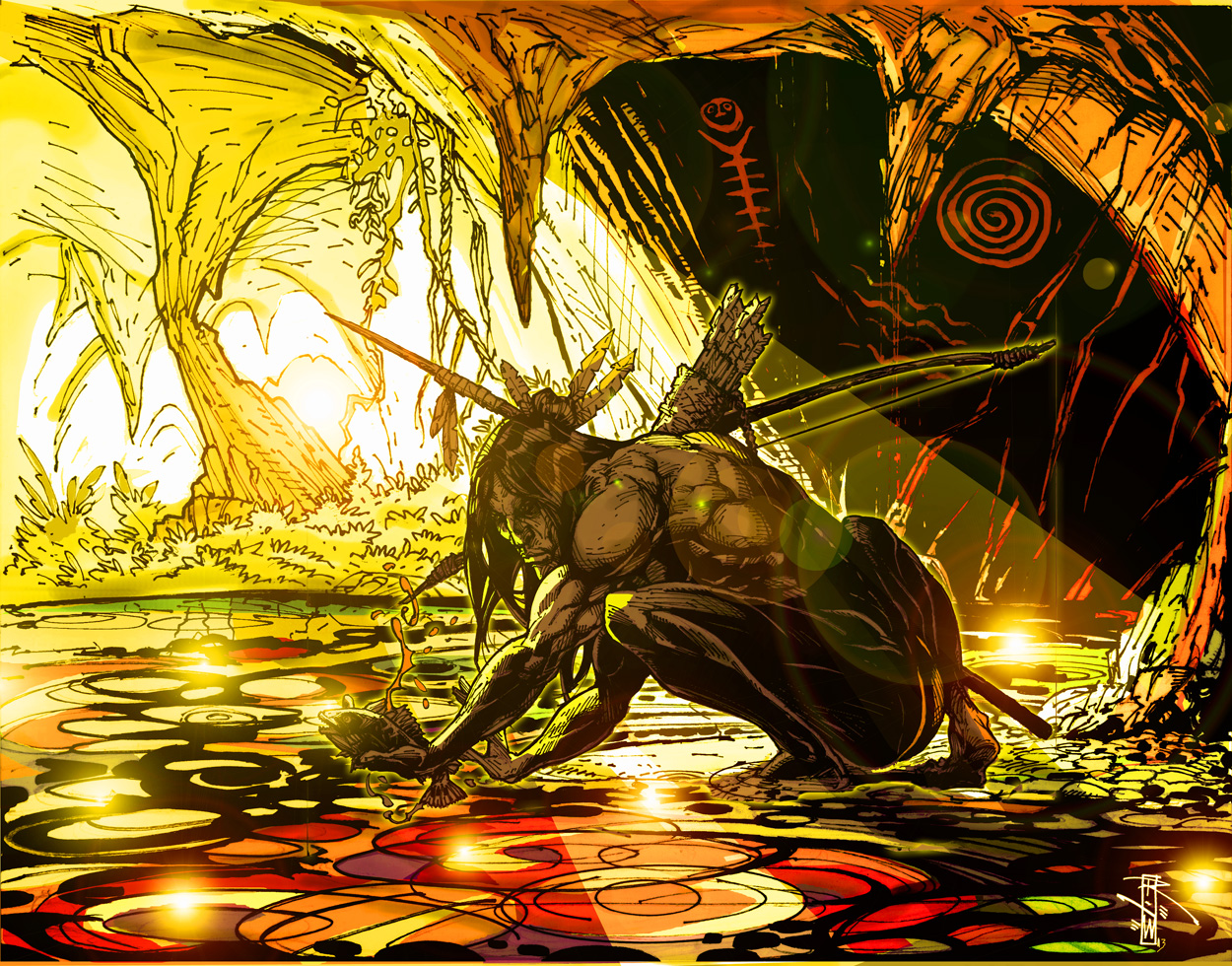The Children/ Los niños
Christmas in Dominican Republic is for children. Always has been and always will be. Christmas, as in most countries, without children is just not Christmas.
Christmas | Songs | Decorations | Traditional Foods | Town and Neighborhood Traditions | Children – Three Kings Day | El Burrito de Belén song and lyrics | Christmas Words | Picture Collection – Christmas in Colonial Zone and Dominican Republic
Dia de los Reyes Magos
Traditionally gifts for the children are not presented until el Dia de los Reyes Magos / The Day of Kings also known as Epiphany. This is held on the 6th of January and marks the end of the Holiday season. This is the day when the three Wise Men or the Magi, Caspar, Melchior, and Balthasar, were said to have arrived at the birth place of Jesus bearing gifts.
The Kings or Magi are the gift givers here in Dominican Republic, not Santa Claus, although some people choose to give gifts on both days. December 25 in accordance with US custom and January 6th according to Dominican and most of Latin Americas’ practice.
Dominican children wait for the arrival of the Three Kings. They do not leave cookies and milk. Instead, they leave grass for the camels and mints or candies for the Kings. They place their offerings either under their beds, outside the bedroom door or out on the outside steps of the home. These offerings are exchanged by the Kings (a.k.a. parents) for gifts for the little ones. Children find it hard to go to sleep and try to stay awake to see the Kings.
La Vieja Belen
In the rural areas and more impoverished neighborhoods, besides the Three Kings and Santa, there is an old tradition of La Vieja Belen/ The Old Lady of Bethlehem. She leaves gifts for the children also.
Many of the businesses will purchase gifts to distribute to the poorer children. It is an all afternoon affair with gifts distributed drawing style. It is fun to watch these children receive these presents. Some are really good gifts including bicycles, doll houses and much more!

El Burrito de Belén/ The Little Donkey of Bethlehem
This is one of my favorite children songs for Christmas/ Navidad. It seems that every ice cream truck and every commercial about Christmas on television plays this song. It is very catchy. Sing along with the video it is almost impossible not to enjoy this little happy song.
El Burrito de Belén/ The Little Donkey of Bethlehem
Con mi burrito sabanero, voy camino de Belén.
Con mi burrito sabanero, voy camino de Belén.
(English – With my little grasslands donkey, I’m going to Bethlehem.
With my little grasslands donkey, I’m going to Bethlehem.)
(chorus)
Si me ven, si me ven, voy camino de Belén.
Si me ven, si me ven, voy camino de Belén.
(English – If they see me, if they see me, I’m going to Bethlehem.
If they see me, if they see me, I’m going to Bethlehem.)
El lucerito mañanero
ilumina mi sendero
el lucerito mañanero
ilumina mi sendero
(English – The morning star
lights my path
The morning star
lights my path)
(sing chorus)
Con mi cuatrico voy cantando
mi burrito va trotando
con mi cuatrico voy cantando
mi burrito va trotando
(English – With my cuatrico I am singing
as my little donkey is trotting
With my cuatrico I am singing
as my little donkey is trotting
*note a cuatrico is a small instrument)
(sing chorus)
Tuquí, tuquí, tuquí, tuquí,
Tuquí, tuquí, tuquí, tu,
Apúrate mi burrito
Que ya vamos a llegar
Tuquí, tuquí, tuquí, tuquí,
Tuquí, tuquí, tuquí, tu,
Apúrate mi burrito
Vamos a ver a Jesús.
(English – Tuquí, tuquí, tuquí, tuquí,
Tuquí, tuquí, tuquí, tu,
Hurry up my donkey,
We are almost there.
Tuquí, tuquí, tuquí, tuquí,
Tuquí, tuquí, tuquí, tu,
Hurry up my little donkey,
We are going to see Jesus.)




